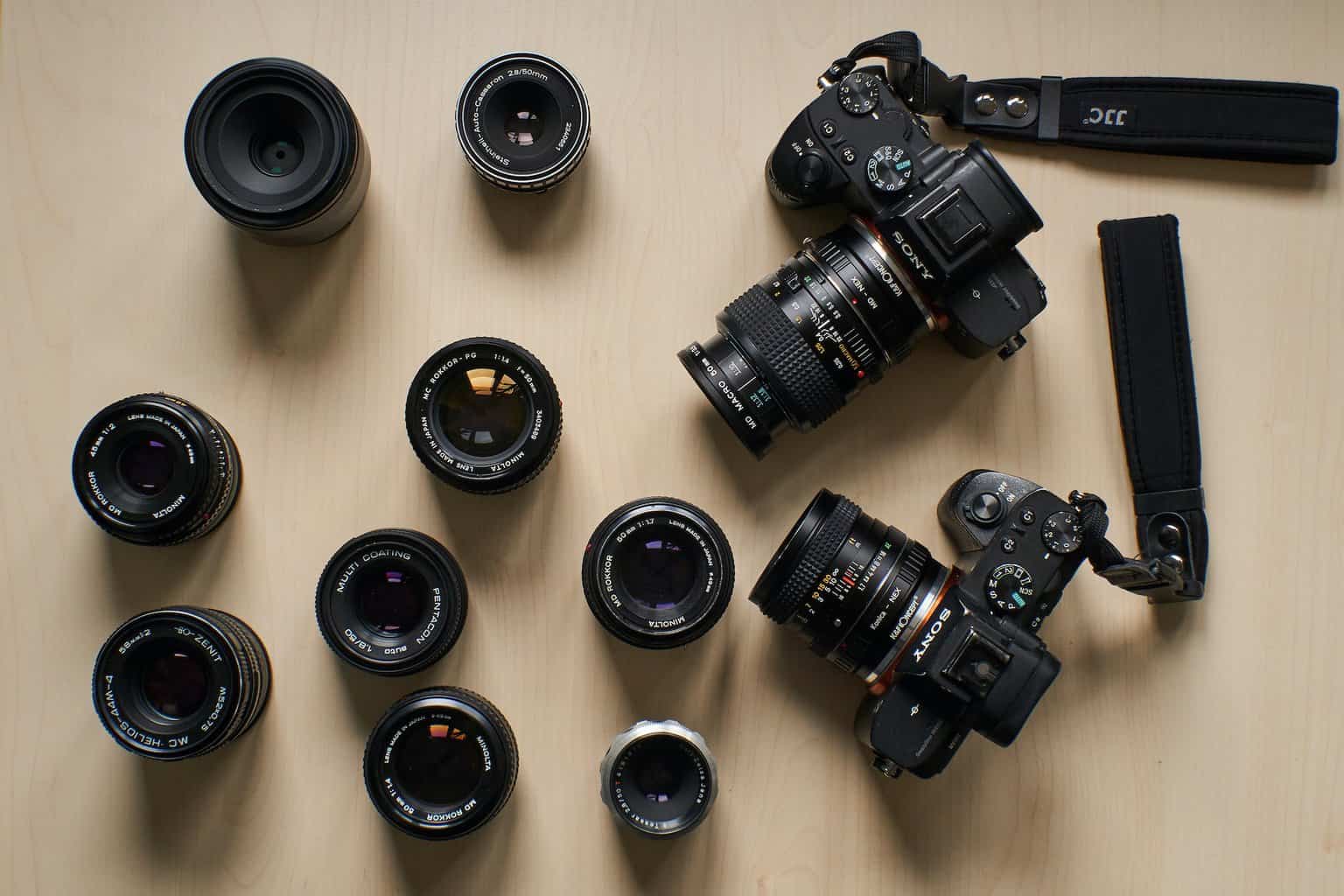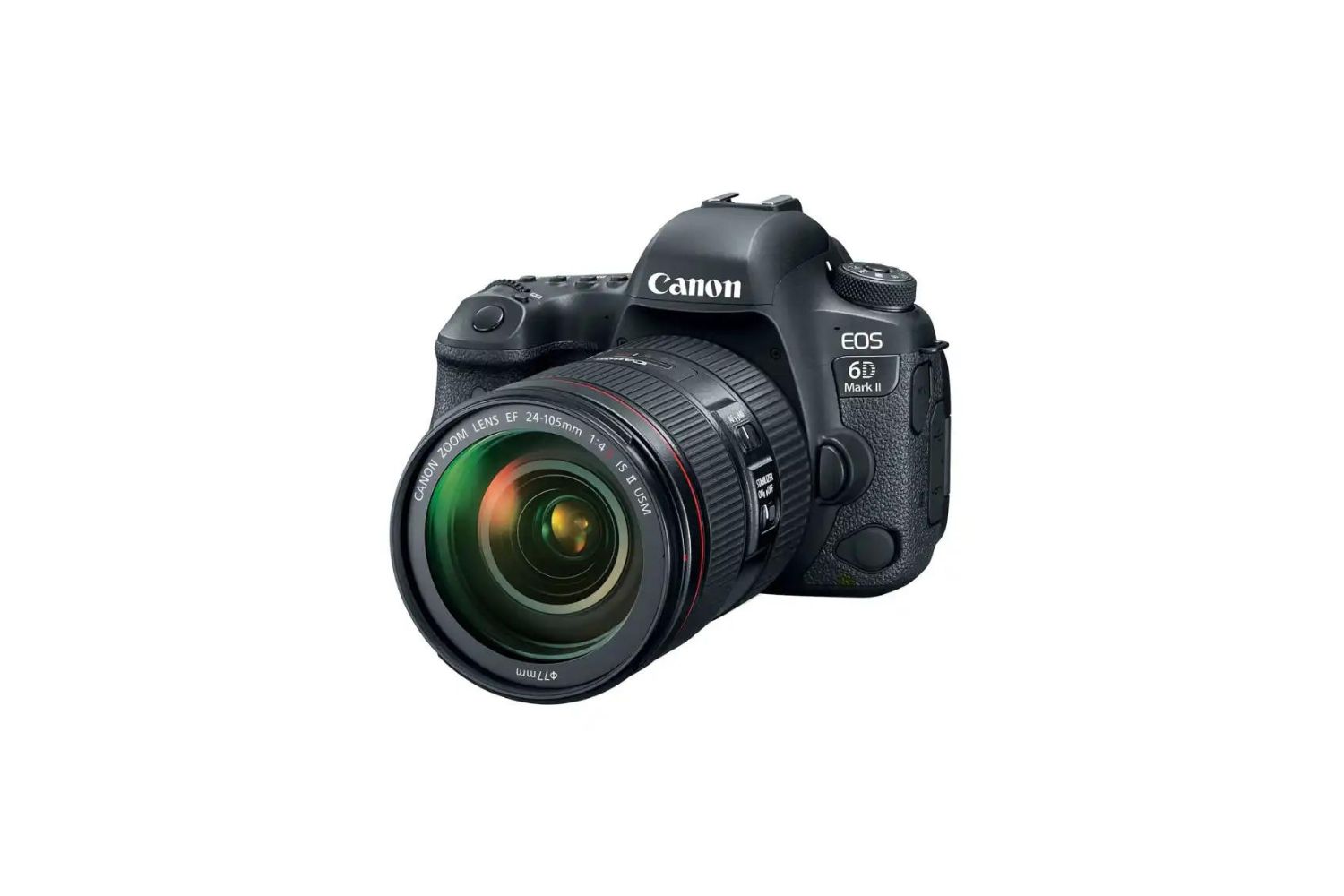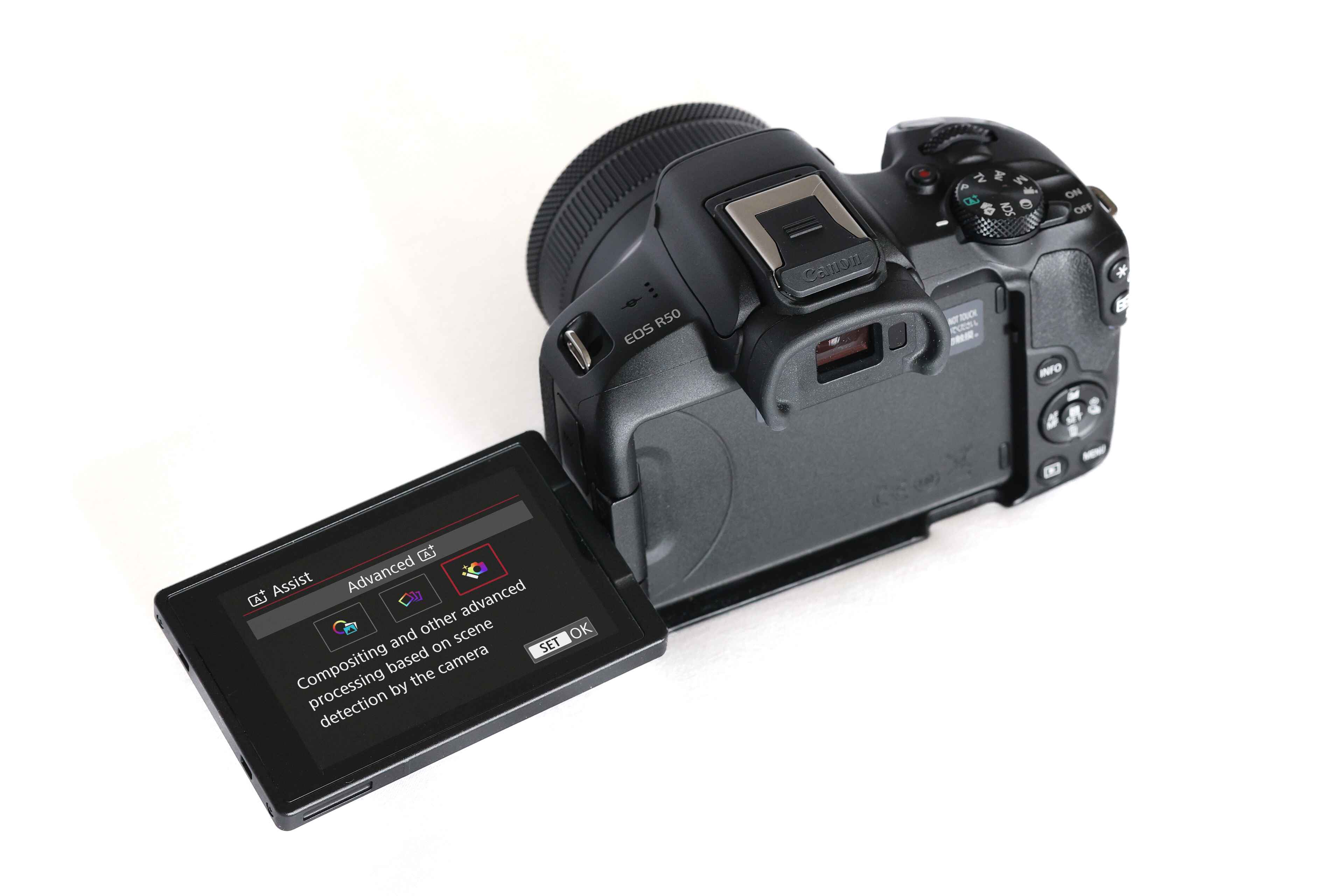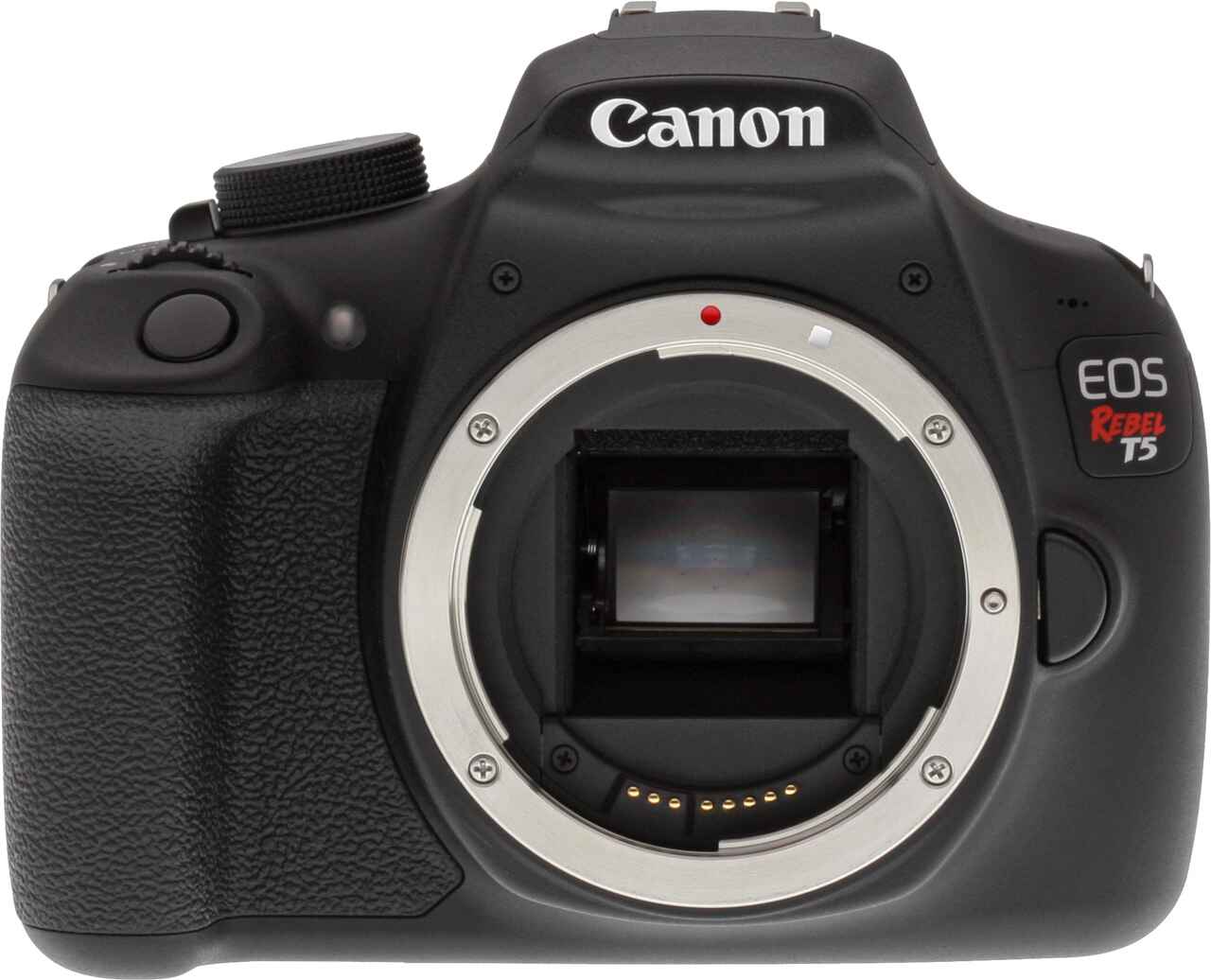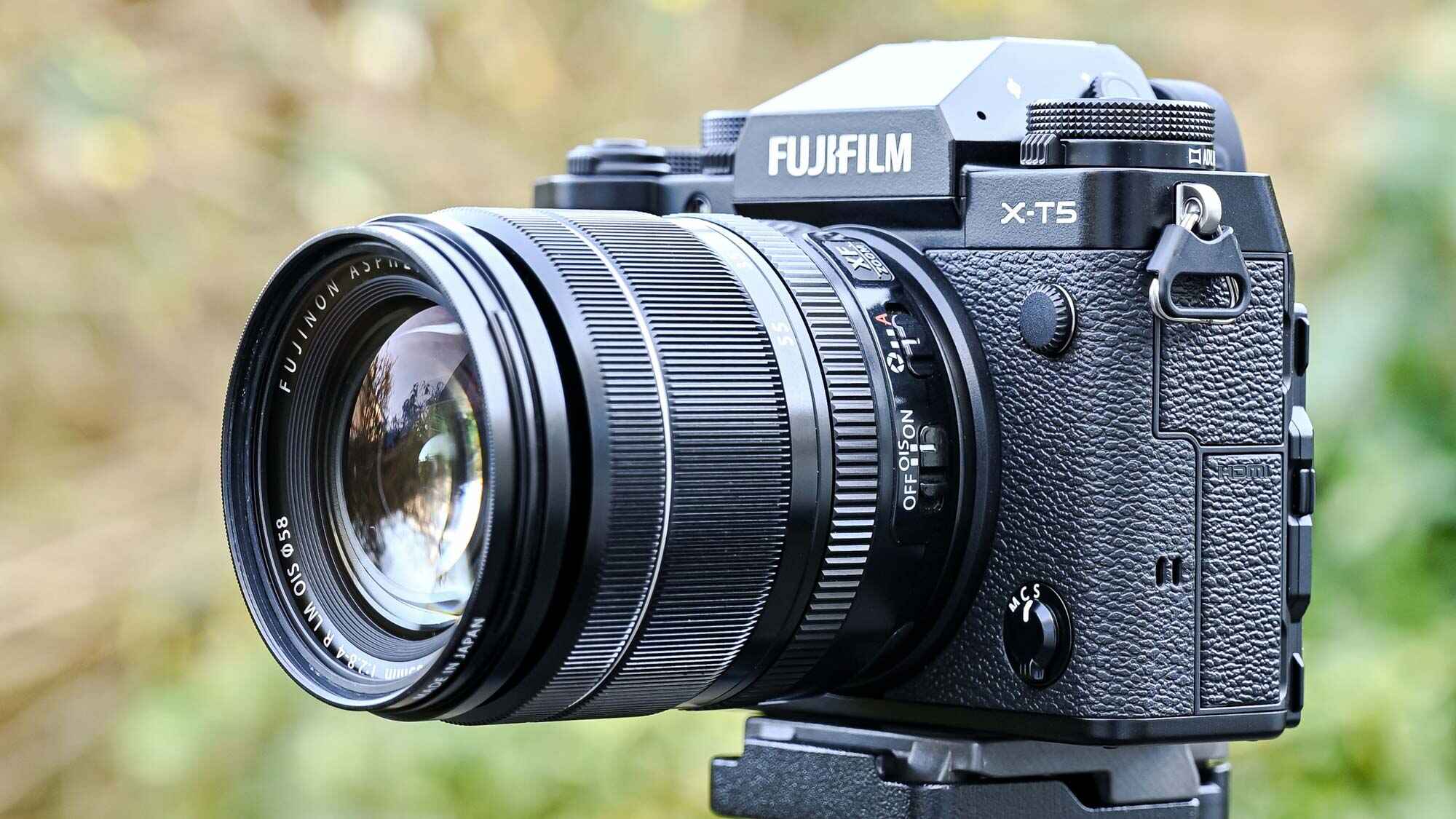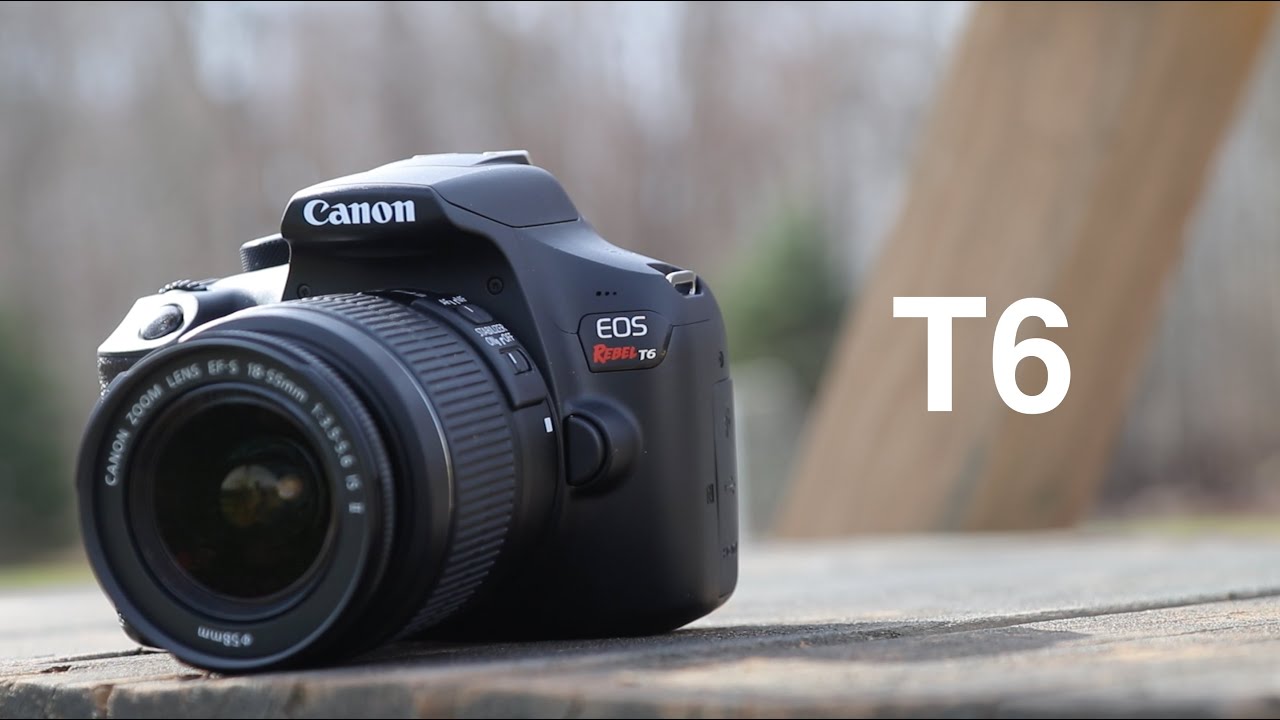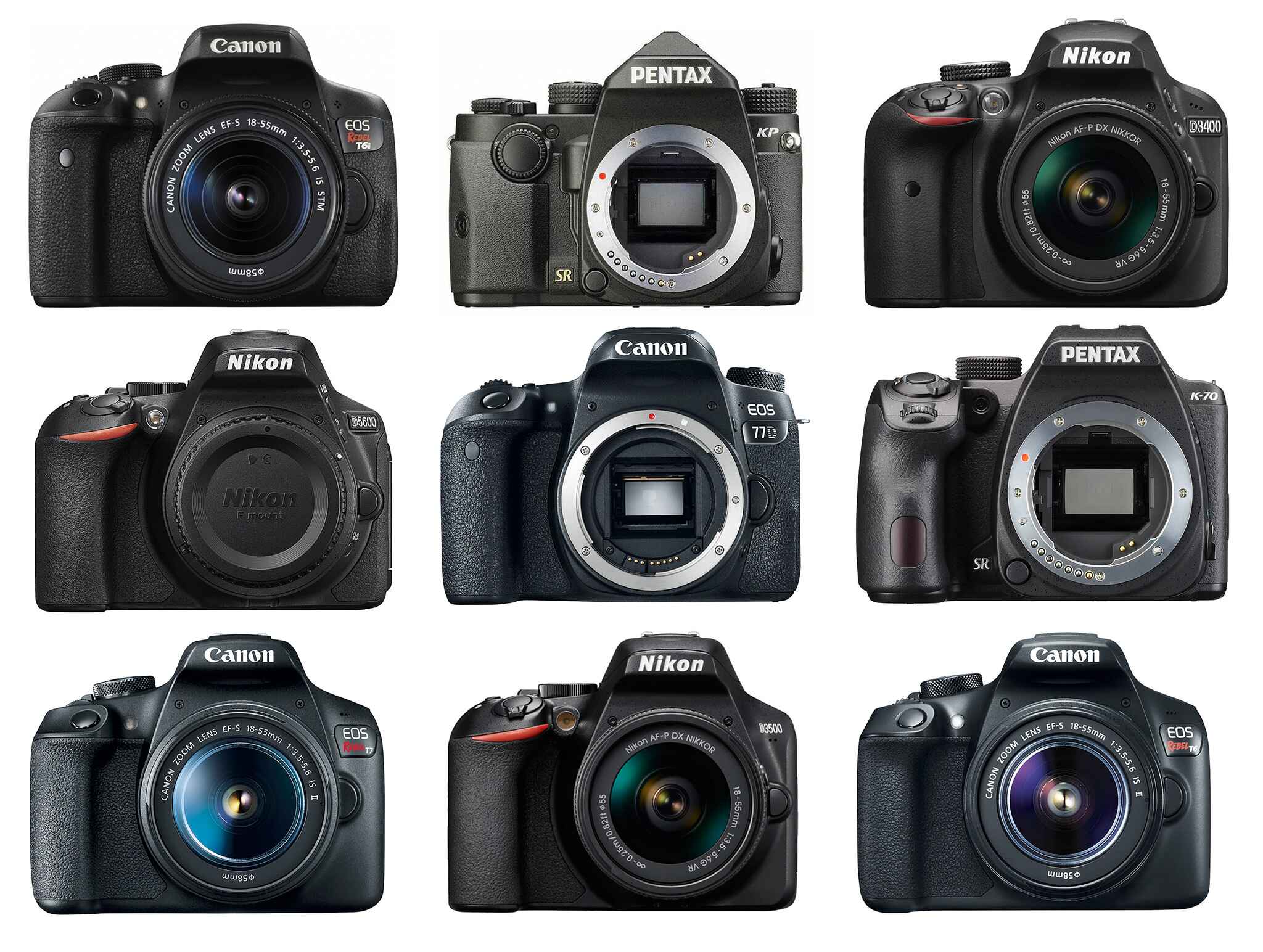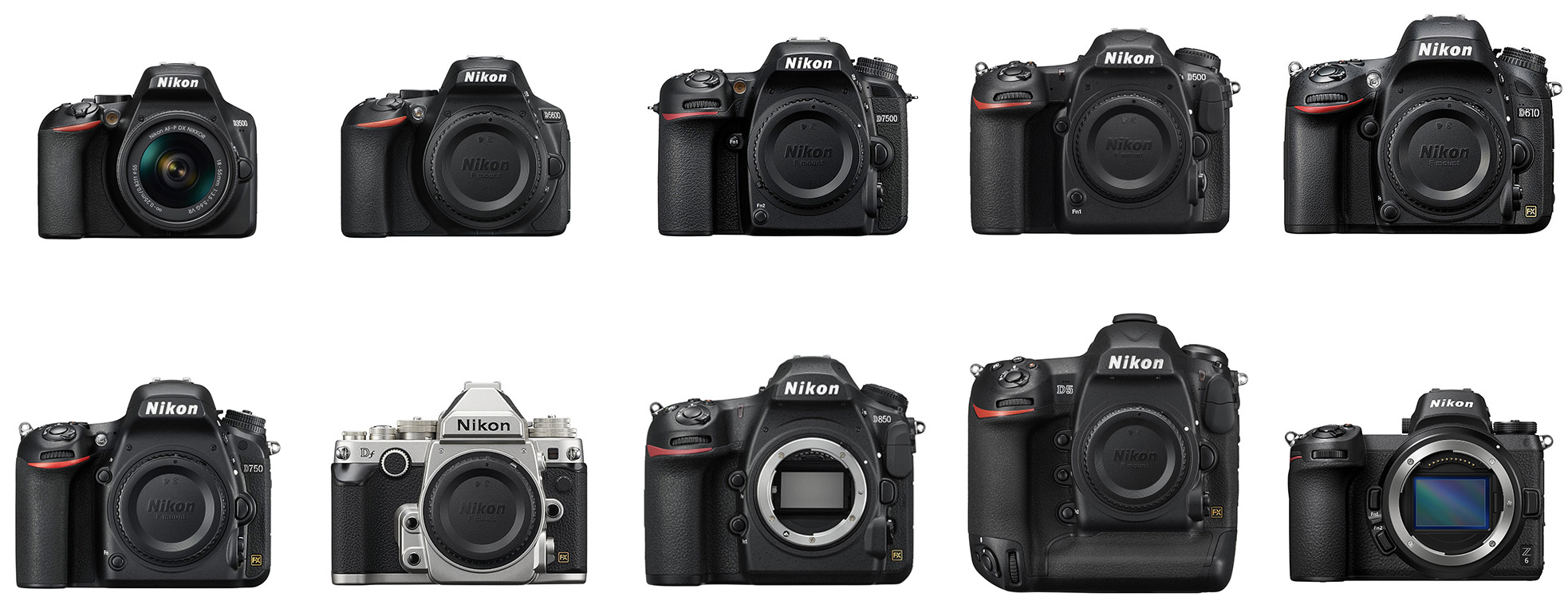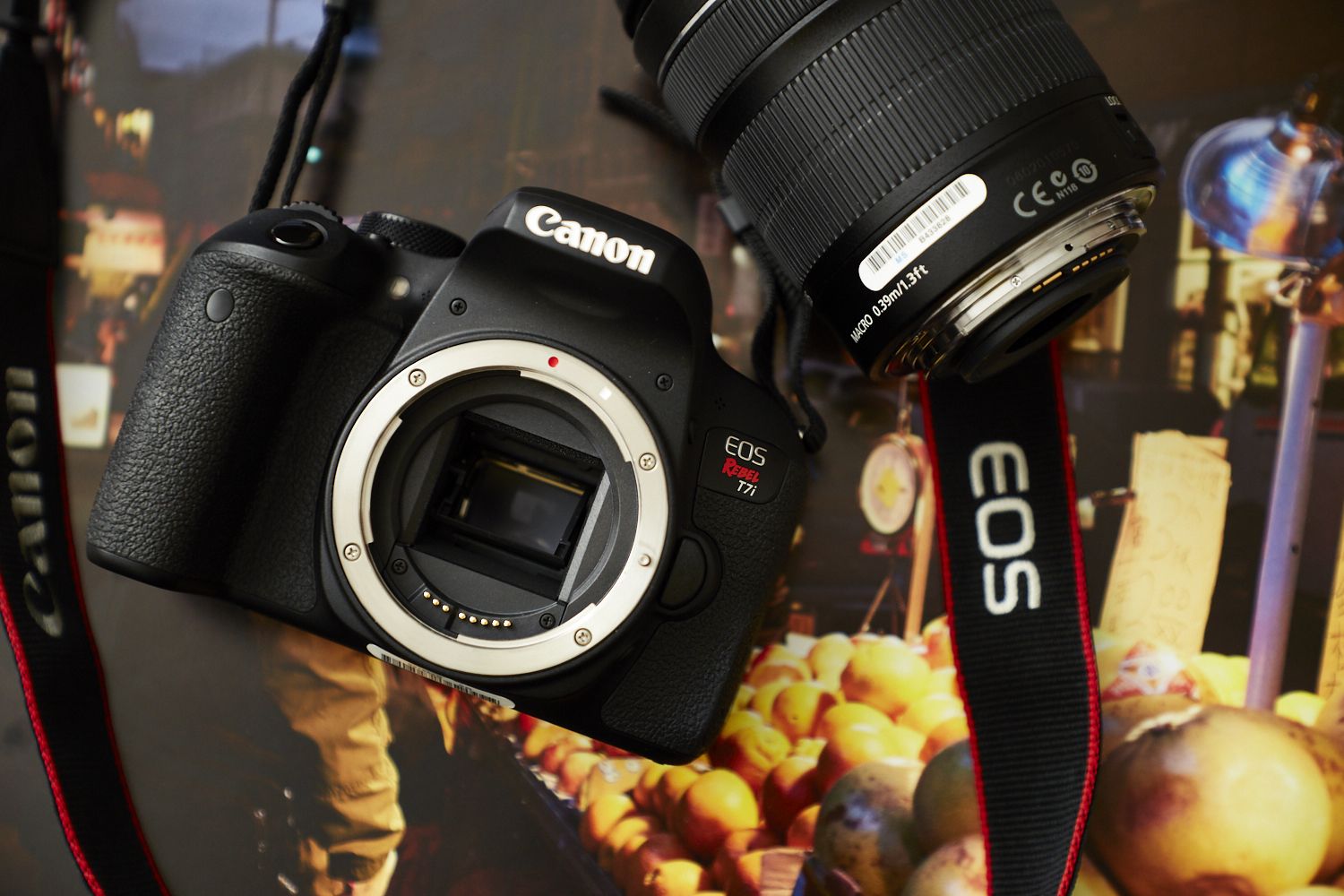Introduction
Understanding the Significance of "mm" in DSLR Camera Lenses
When delving into the world of photography, especially with DSLR cameras, one often encounters the term "mm" in relation to lenses. This seemingly simple abbreviation holds significant importance in understanding how a camera lens operates and the impact it has on the final image. "mm" stands for millimeters and is a crucial factor in determining the field of view and focal length of a camera lens.
The millimeter measurement on a camera lens refers to the focal length of the lens. It is essential to comprehend the implications of different millimeter values when selecting a lens for specific photographic needs. Understanding how millimeters affect the field of view and focal length is vital for capturing the perfect shot and achieving the desired visual impact. This article aims to demystify the concept of millimeters in DSLR camera lenses, providing valuable insights into their significance and the impact they have on photography. Let's delve into the intricacies of millimeters in DSLR camera lenses and unravel their role in capturing breathtaking images.
Understanding Millimeters (mm) in DSLR Camera Lenses
Millimeters (mm) in DSLR camera lenses refer to the focal length of the lens, which plays a pivotal role in determining the field of view and magnification of the captured images. Understanding the significance of millimeters is crucial for photographers looking to achieve specific visual effects and compositions in their photographs.
When it comes to millimeters in camera lenses, a lower value signifies a wider angle of view, making it ideal for capturing expansive landscapes, architecture, and group shots. On the other hand, a higher millimeter value indicates a narrower angle of view, which is advantageous for zooming in on distant subjects or achieving a more compressed perspective in portrait photography.
For instance, a 16mm lens offers a broader field of view, allowing photographers to capture vast scenes with intricate details, while a 200mm lens provides a narrower angle of view, enabling the photographer to zoom in on distant subjects with remarkable clarity and minimal distortion.
It’s important to note that the millimeter measurement on a lens directly impacts the perspective and composition of the resulting images. A wider angle of view, associated with lower millimeter values, creates a sense of spaciousness and depth, enhancing the visual storytelling in a photograph. Conversely, a higher millimeter value narrows the angle of view, resulting in a more compressed and focused composition, which is particularly beneficial for isolating subjects and emphasizing specific details within the frame.
Understanding the implications of millimeters in DSLR camera lenses empowers photographers to make informed decisions when selecting the most suitable lens for their intended photographic subjects and artistic vision. By grasping the relationship between millimeters, focal length, and the resulting visual impact, photographers can elevate their creative prowess and effectively convey their narrative through captivating imagery.
How Millimeters Affect the Field of View
Millimeters play a pivotal role in determining the field of view offered by a DSLR camera lens. Understanding how millimeters affect the field of view is essential for photographers seeking to capture diverse subjects and scenes with precision and artistic intent.
The field of view, often referred to as the angle of view, is directly influenced by the millimeter measurement of a lens. A lower millimeter value results in a wider field of view, enabling photographers to encompass expansive landscapes, architectural marvels, and group settings within a single frame. This wider perspective is invaluable for capturing the grandeur of natural landscapes or the immersive ambiance of bustling urban environments.
Conversely, a higher millimeter value narrows the field of view, allowing photographers to isolate subjects, compress distant elements, and focus on specific details within the frame. This narrower perspective is advantageous for capturing intimate portraits, wildlife close-ups, and distant subjects with exceptional clarity and visual impact.
For example, a 24mm lens provides a broad field of view, making it suitable for immersive landscape photography and dynamic architectural compositions. In contrast, a 100mm lens offers a narrower field of view, empowering photographers to bring distant subjects closer and emphasize intricate details with remarkable precision.
Understanding the impact of millimeters on the field of view enables photographers to select the most appropriate lens for their intended subject matter and desired visual narrative. Whether aiming to capture the vast expanse of natural wonders or focus on the nuanced expressions of a portrait subject, the choice of millimeters profoundly influences the storytelling potential and compositional dynamics of the resulting images.
By comprehending how millimeters affect the field of view, photographers can harness the transformative power of different lenses to convey their artistic vision with clarity, depth, and emotive resonance, ultimately enriching the visual storytelling inherent in their photographic endeavors.
The Impact of Millimeters on Focal Length
Understanding the impact of millimeters on focal length is fundamental in comprehending the versatile capabilities of DSLR camera lenses. Focal length, denoted in millimeters, directly influences the magnification and perspective of the captured images, profoundly shaping the visual storytelling potential of a photograph.
When it comes to focal length, lower millimeter values correspond to shorter focal lengths, resulting in a wider angle of view. This characteristic is particularly beneficial for capturing expansive scenes, architectural marvels, and group settings, allowing photographers to convey a sense of grandeur and spatial immersion within their compositions.
Conversely, higher millimeter values signify longer focal lengths, leading to a narrower angle of view and increased magnification. This quality empowers photographers to isolate subjects, compress distant elements, and emphasize specific details within the frame, making it ideal for portrait photography, wildlife close-ups, and capturing distant subjects with exceptional clarity.
For instance, a 35mm lens with a moderate focal length offers a versatile perspective suitable for street photography, environmental portraits, and documentary-style imagery. On the other hand, a 135mm lens with a longer focal length provides a compelling option for capturing intimate portraits, accentuating facial expressions, and achieving remarkable subject isolation with exquisite background blur.
The interplay between millimeters and focal length underscores the dynamic capabilities of DSLR camera lenses, enabling photographers to adapt to diverse photographic scenarios and artistic visions. By leveraging the distinct focal lengths associated with varying millimeter values, photographers can imbue their compositions with a compelling sense of depth, perspective, and visual impact, ultimately enhancing the storytelling potential of their images.
Understanding the impact of millimeters on focal length empowers photographers to make informed decisions when selecting lenses, allowing them to seamlessly translate their creative vision into captivating visual narratives that resonate with depth, emotion, and evocative storytelling.
Choosing the Right Millimeters for Your Photography Needs
When selecting the ideal millimeters for your photography needs, it’s essential to consider the specific visual effects and compositional requirements inherent in your creative vision. Understanding the diverse implications of millimeters in DSLR camera lenses empowers photographers to make informed choices that align with their artistic intent and subject matter.
For photographers seeking to capture expansive landscapes, architectural marvels, and group settings, lenses with lower millimeter values, such as 14mm to 35mm, offer a wider angle of view, enabling the encompassment of vast scenes with intricate details. These wide-angle lenses are invaluable for conveying a sense of spatial immersion and grandeur, making them ideal for landscape photography, architectural compositions, and environmental portraiture.
Conversely, photographers aiming to isolate subjects, emphasize specific details, and compress distant elements within their compositions can benefit from lenses with higher millimeter values, typically ranging from 85mm to 200mm. These telephoto lenses provide a narrower angle of view, facilitating remarkable subject isolation, exquisite background blur, and exceptional clarity in portrait photography, wildlife close-ups, and distant subject capture.
Furthermore, versatile zoom lenses with a broad millimeter range, such as 24mm to 70mm, offer photographers the flexibility to adapt to diverse photographic scenarios, seamlessly transitioning from wide-angle compositions to moderate telephoto perspectives. These lenses provide a balanced approach, catering to a wide array of subjects and visual narratives, making them indispensable for photographers seeking adaptability and creative versatility.
Understanding the nuanced characteristics and visual impact associated with different millimeter values empowers photographers to curate a lens collection that aligns with their artistic expression and photographic objectives. By strategically choosing lenses with the right millimeters for specific shooting scenarios, photographers can elevate their creative capabilities, effectively convey their narrative vision, and capture compelling imagery that resonates with depth and emotive storytelling.
Conclusion
Exploring the significance of millimeters in DSLR camera lenses unveils a rich tapestry of creative possibilities and technical nuances that profoundly impact the art of photography. The millimeter measurement on a lens is intricately linked to the field of view, focal length, and visual storytelling potential, shaping the narrative depth and compositional dynamics of the resulting images.
By understanding how millimeters affect the field of view and focal length, photographers gain valuable insights into the transformative power of different lenses, enabling them to curate a versatile collection that aligns with their artistic vision and photographic objectives. Whether capturing the grandeur of natural landscapes, isolating intimate details, or immersing viewers in compelling visual narratives, the choice of millimeters plays a pivotal role in shaping the emotive resonance and storytelling impact of the photographs.
Choosing the right millimeters for specific photography needs empowers photographers to transcend technical limitations and seamlessly translate their creative vision into captivating imagery that resonates with depth, emotion, and evocative storytelling. From wide-angle vistas to intimate portraits, each millimeter value represents a brushstroke in the artist’s palette, offering a spectrum of visual perspectives and narrative possibilities.
Ultimately, the exploration of millimeters in DSLR camera lenses transcends technical specifications, embodying the essence of visual storytelling and creative expression. As photographers harness the dynamic interplay of millimeters and focal lengths, they embark on a captivating journey of artistic discovery, channeling the transformative power of lenses to craft imagery that transcends the ordinary and resonates with enduring impact.
Embracing the significance of millimeters in DSLR camera lenses elevates photography to a realm of boundless creativity, where each frame becomes a canvas for evocative storytelling and immersive visual experiences. Through the deliberate selection of millimeters, photographers infuse their compositions with a compelling sense of depth, perspective, and emotive resonance, forging a profound connection with viewers and leaving an indelible imprint on the tapestry of visual storytelling.







